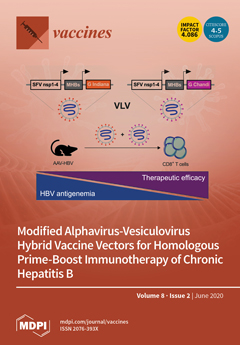Background: the role of innate immunity in human sepsis must be fully clarified to identify potential avenues for novel immune adjuvant sepsis therapies.
Methods: A prospective observational study was performed including patients with sepsis (septic group), infection without sepsis (infection group), and healthy controls (control group) in the setting of acute medical wards and intensive care units in a 1000-bed university hospital. A total of 42 patients with sepsis, 30 patients with infection, and 30 healthy controls were studied. The differentiation states of circulating mucosal associated invariant T (MAIT) cells and Natural Killer T (NKT) cells were characterised as naive (CD45RA
+, CD197
+), central memory (CD45RA
−, CD197
+), effector memory (CD45RA
−, CD197
−), or terminally differentiated (CD45RA
+, CD197
−). The differentiation states of circulating gamma-delta T lymphocytes were characterised as naive (CD45RA
+, CD27
+), central memory (CD45RA
−, CD27
+), effector memory (CD45RA
−, CD27
−), or terminally differentiated (CD45RA
+, CD27
−). The expression of IL-12 and IL-23 receptors, the transcription factors T-Bet and RORγt, and interferon-γ and IL-17a were analysed.
Results: MAIT cell counts were lower in the septic group (
p = 0.002) and the infection group (
p < 0.001) than in the control group. The MAIT cell T-Bet expression in the infection group was greater than in the septic group (
p = 0.012). The MAIT RORγt expression in the septic group was lower than in the control group (
p = 0.003). The NK cell counts differed in the three groups (
p < 0.001), with lower Natural Killer (NK) cell counts in the septic group (
p < 0.001) and in the infection group (
p = 0.001) than in the control group. The NK cell counts increased in the septic group in the 3 weeks following the onset of sepsis (
p = 0.028). In lymphocyte stimulation experiments, fewer NK cells expressed T-Bet in the septic group than in the infection group (
p = 0.002), and fewer NK cells expressed IFN-γ in the septic group than in the control group (
p = 0.002). The NKT cell counts were lower in the septic group than both the control group (
p = 0.05) and the infection group (
p = 0.04). Fewer NKT cells expressed T-Bet in the septic group than in the infection group (
p = 0.004). Fewer NKT cells expressed RORγt in the septic group than in the control group (
p = 0.003). Fewer NKT cells expressed IFN-γ in the septic group than in both the control group (
p = 0.002) and the infection group (
p = 0.036).
Conclusion: The clinical presentation of infection and or sepsis in patients is linked with a mosaic of changes in the innate lymphocyte Th1 and Th17 phenotypes. The manipulation of the innate lymphocyte phenotype offers a potential avenue for immune modulation in patients with sepsis.
Full article


